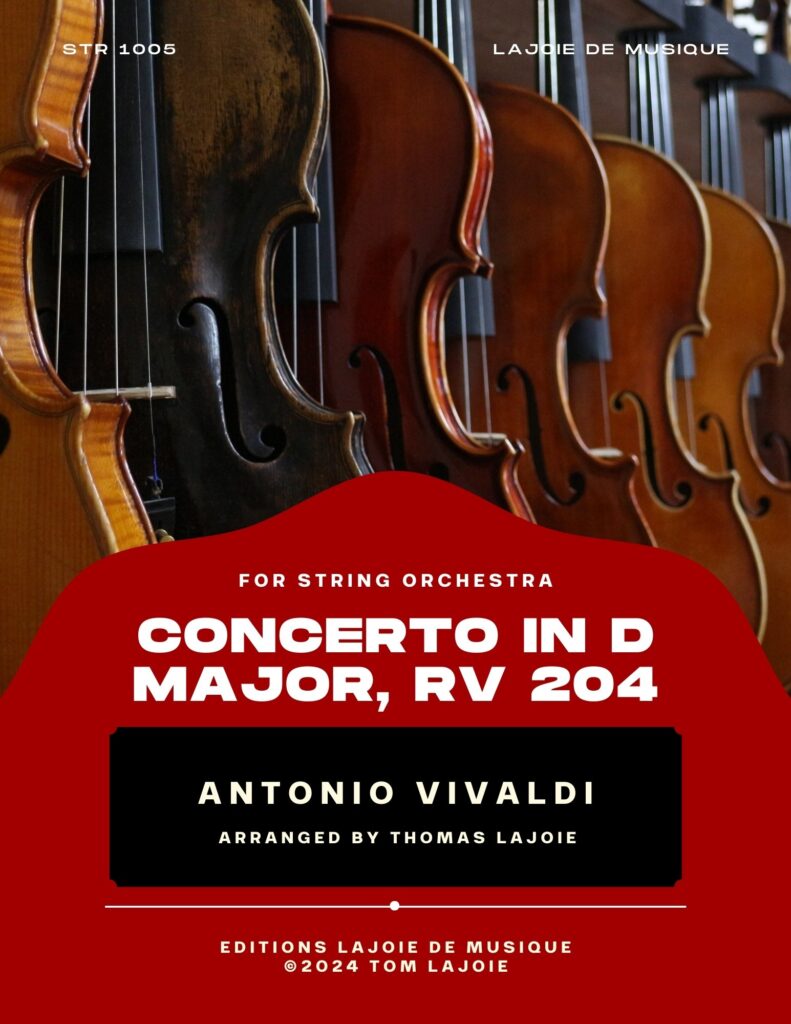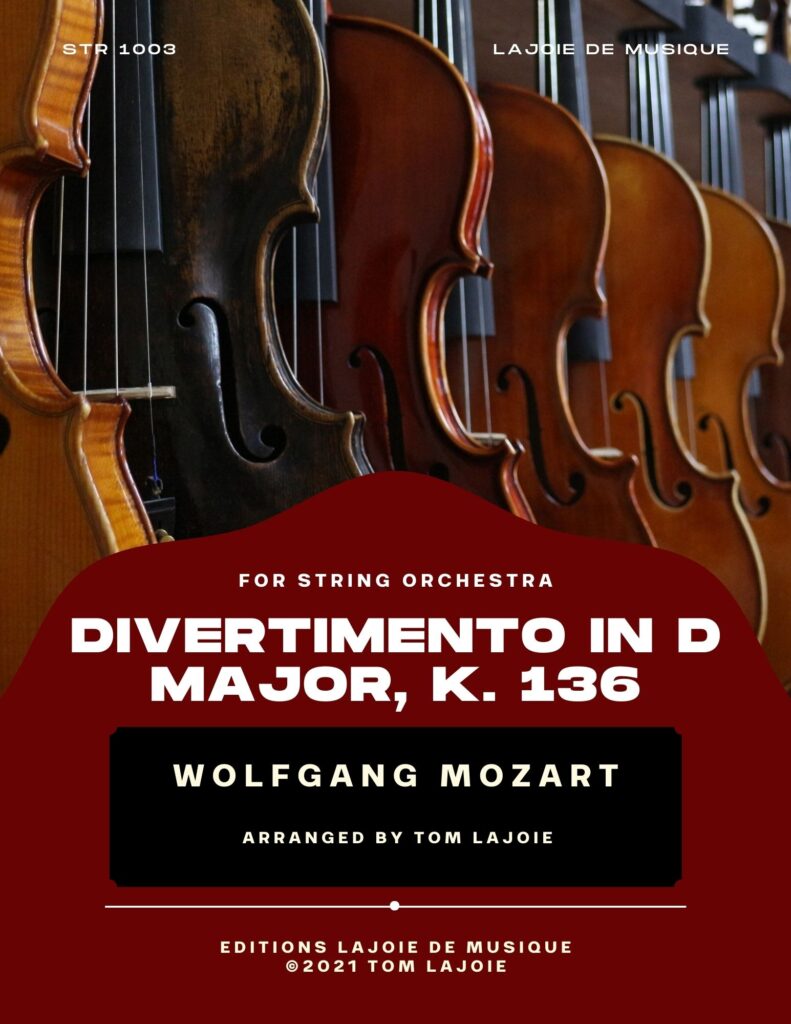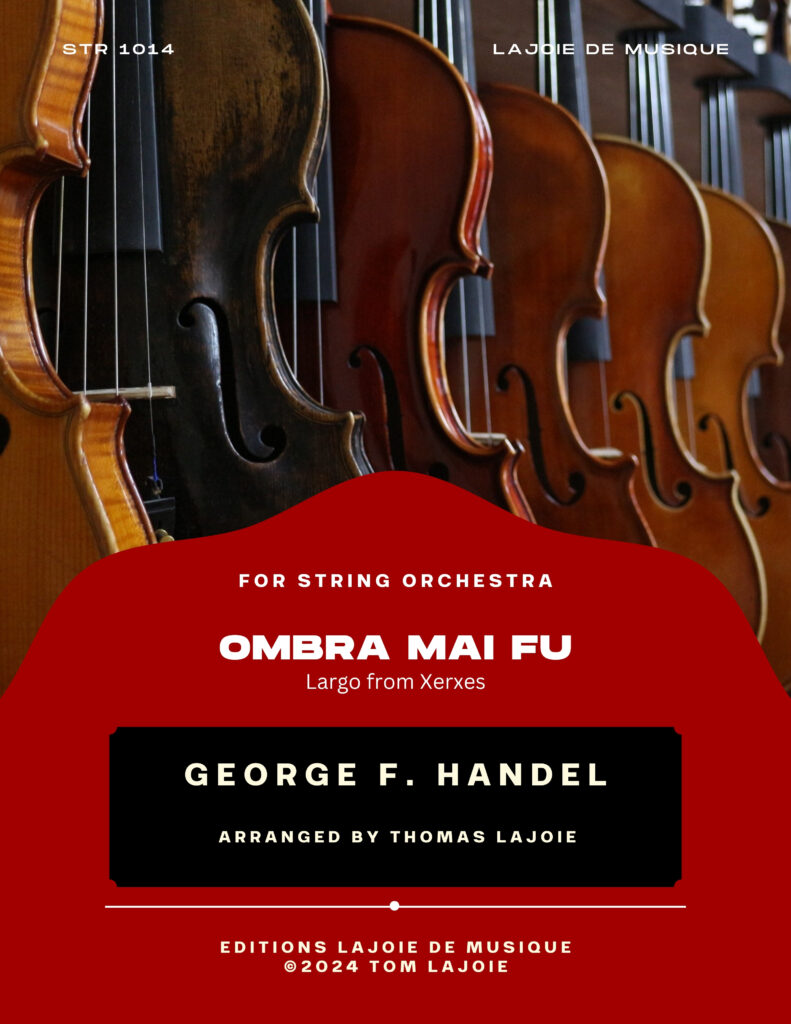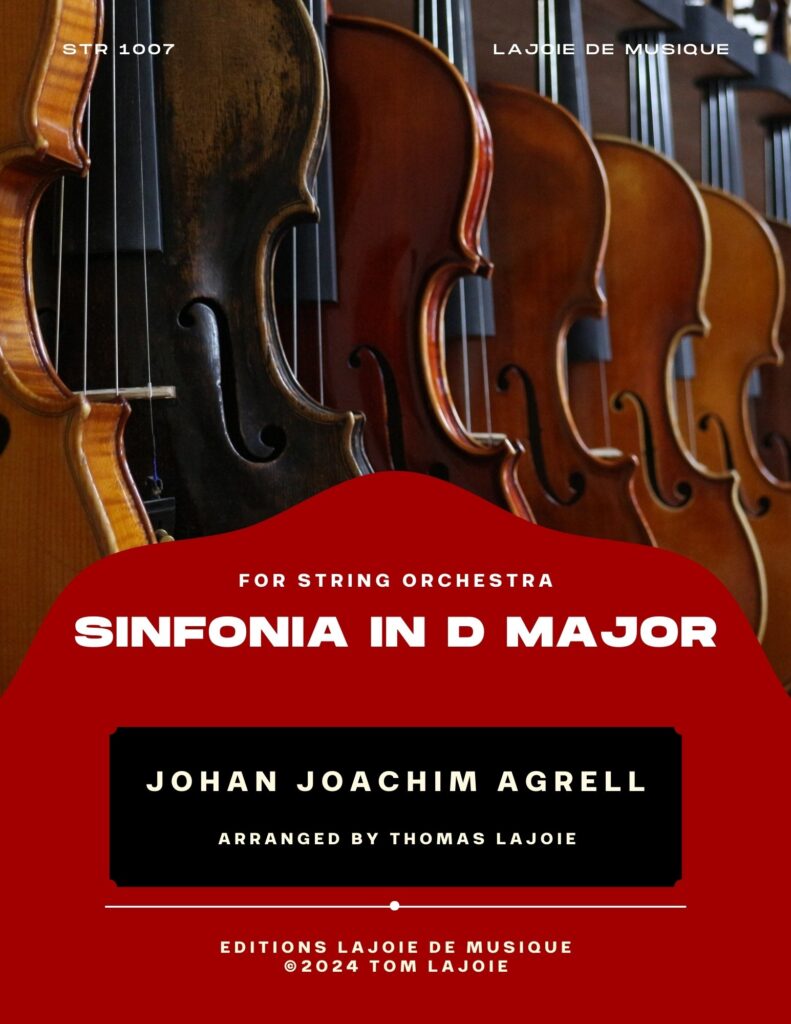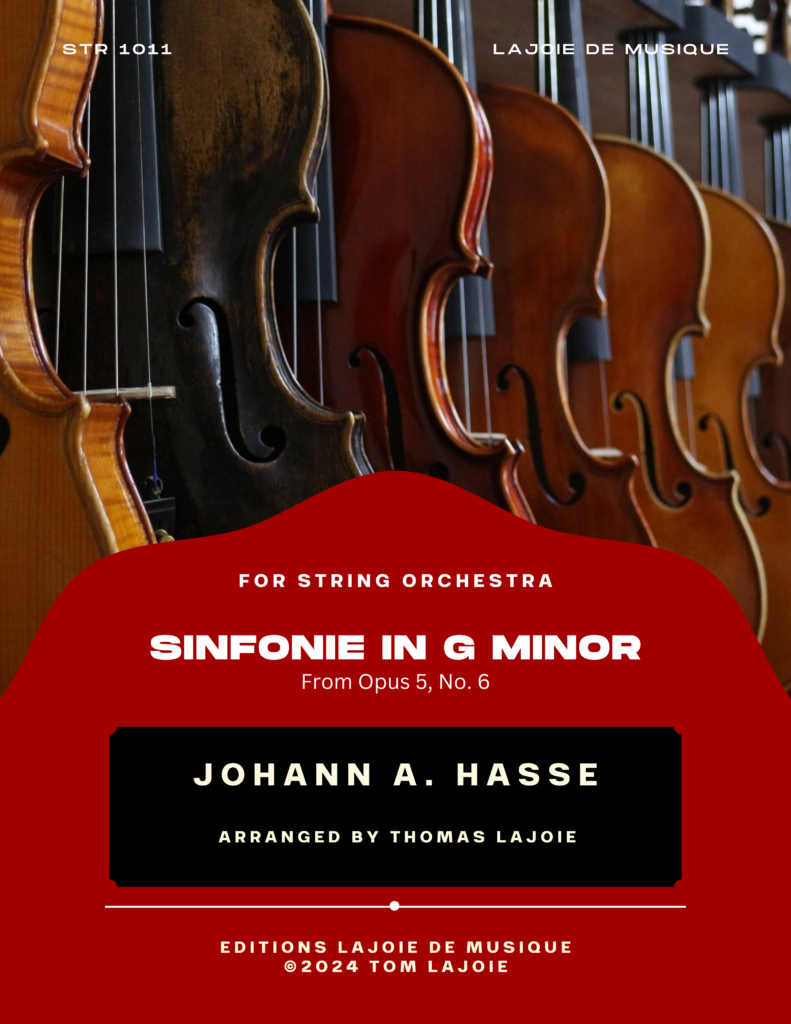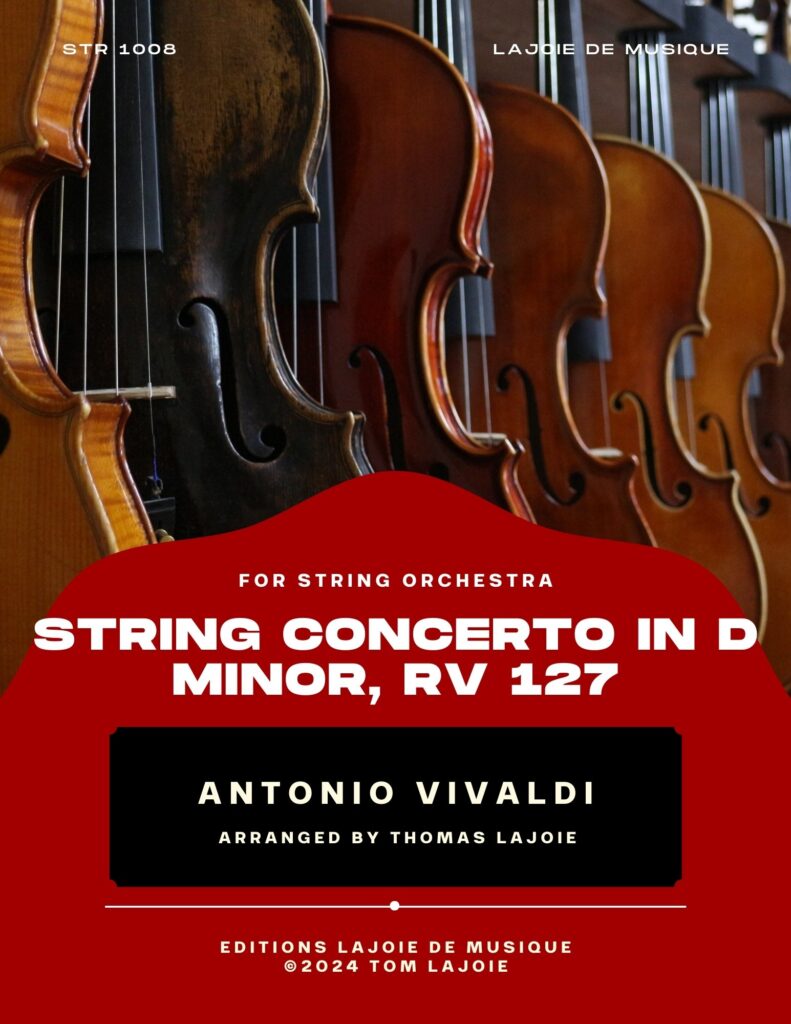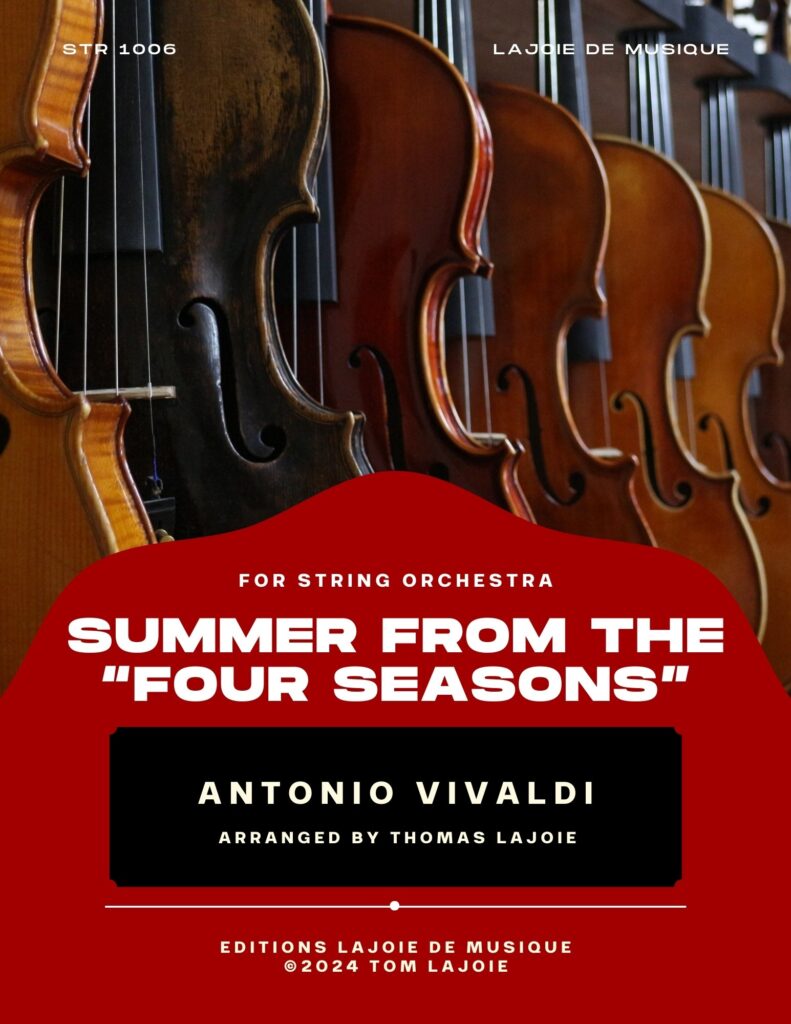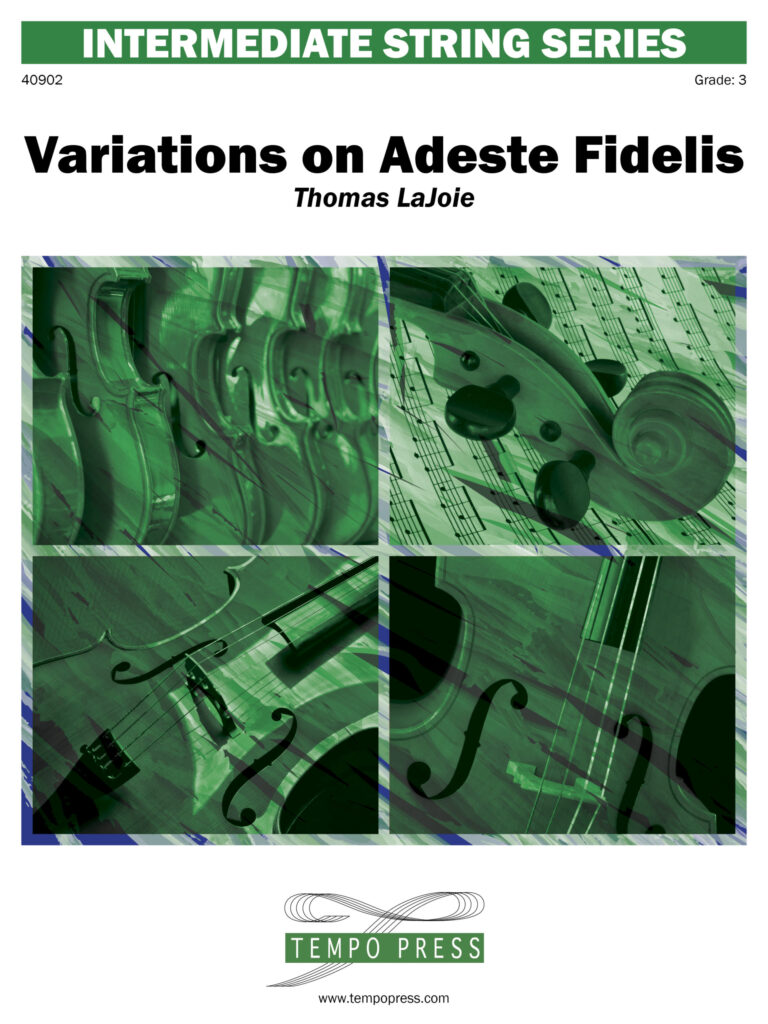COMING SOON!
Symphony No. 25 in G minor, KV 183 (Abridged) – Mozart
This arrangement of the first movement of Mozart’s Symphony No. 25 in G Minor, K. 183 has been carefully adapted to make the piece accessible for younger string orchestras while preserving its signature intensity and momentum. Known for its driving rhythms and dark, urgent character, this movement offers students an exciting introduction to the emotional depth of Classical symphonies. To capture the movement’s spirited energy, spiccato bowing is recommended for the eighth-note passages, helping players achieve a light, crisp articulation. Grace notes can be interpreted as even notes or omitted entirely to simplify challenging sections. Most parts can be played entirely in first position, allowing students to focus on ensemble precision and expressive phrasing. With these thoughtful modifications, the arrangement retains the vibrancy and drama of the original while making it more approachable for developing musicians.
Purchase this arrangement
Concerto Grosso in G Major, Op. 6, No. 1 – handel
This arrangement of the first two movements from Handel’s Concerto Grosso in G Major, Op. 6, No. 1, has been thoughtfully crafted to be accessible to medium-level high school string orchestras while preserving the elegance and charm of the original work. The first movement, marked A Tempo Giusto, maintains its stately, grand character, but with slightly simplified passages to ensure technical accessibility without losing the rhythmic precision that drives the piece forward. The second movement, Allegro, with its lively, energetic themes and intricate counterpoint, has been adapted to balance challenge and playability, allowing young musicians to experience Handel’s signature interplay of voices. This arrangement offers an excellent opportunity for students to engage with the rich textures and expressive depth of Baroque music while developing ensemble skills and musicality.
Purchase this arrangement
Concerto in D Major, Op. 4, No. 1 – vivaldi
This arrangement of Vivaldi’s Violin Concerto in D Major, Op. 4, No. 1 from La Stravaganza skillfully weaves the solo violin part into the first violins of the string orchestra, allowing the entire section to share in the virtuosic and expressive qualities of the original solo. By distributing the solo lines among the first violins, this version retains the lively character and intricate passages that make the concerto so captivating while ensuring that it remains approachable for an ensemble of medium-level players. The vibrant opening movement, with its spirited themes and rhythmic drive, is preserved in its full brilliance, while the lyrical second movement allows the first violins to explore Vivaldi’s melodic inventiveness. The final movement, full of energy and rhythmic interplay, offers a dynamic conclusion, providing an engaging and rewarding experience for both the musicians and the audience.
Purchase this arrangement

Concerto in G Major – vivaldi
This work was arranged for the Myers Park Repertory Orchestra. The concerto is the third from the set of opus 3 concerti titled L’estro Harmonico (“The Harmonic Inspiration”). The work, originally for solo violin and orchestra, has been adapted for 1st violins and ripieno parts distributed amongst the 2nd violins, violas, and basso continuo.
Purchase this arrangement
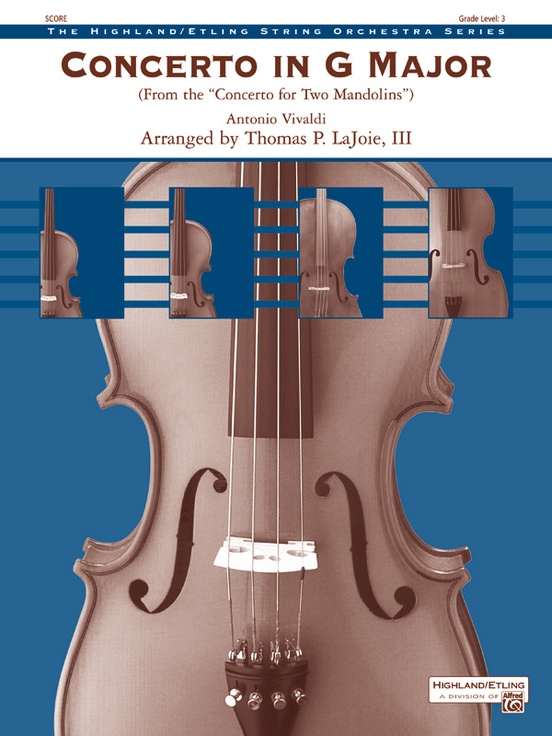
Concerto in G Major from Concerto for 2 Mandolins – vivaldi
This arrangement provides great flexibility and many performance opportunities. The piece can feature all the violins or just two soloists. A third violin part is included to be used by the sections behind soloists. Typical Vivaldi, this one is sure to be a hit.
Purchase this arrangement
Divertimento in D Major, K. 136 – mozart
This arrangement of the first movement of Mozart’s beloved Divertimento in D Major, K. 136, is designed to capture the joyous spirit and sparkling energy of the original while making it accessible to school string orchestras. The lively, effervescent character of the movement is preserved, with its graceful melodies and playful rhythms intact. The rapid scalar passages, which are a hallmark of Mozart’s writing, have been carefully adapted to be more approachable for young musicians, ensuring that the technical challenges are balanced with playability. This allows the orchestra to focus on delivering a performance that is both confident and full of vitality. By maintaining the essential qualities of Mozart’s original, this arrangement offers students a delightful opportunity to engage with one of the Classical era’s most charming works, enhancing their musicality and ensemble skills.
Purchase this arrangement
Ombra Mai Fu: Largo from xerxes – handel
This arrangement of Handel’s famous aria “Ombra mai fu” from the opera Xerxes (1738) for string orchestra preserves the serene and lyrical beauty of the original piece. Originally written for voice and small orchestra, this version adapts the tender, flowing melody for a full string ensemble, allowing the rich harmonies and expressive nuances to shine through. The lush sound of the strings enhances the aria’s tranquil, meditative mood, making it a perfect choice for both concert performances and educational settings. This arrangement offers a fresh interpretation of Handel’s timeless music while maintaining the emotional depth and grace that have made “Ombra mai fu” one of his most beloved works.
Sinfonia in D Major – agrell
This arrangement of Johan Joachim Agrell’s Sinfonia, originally in E major and now transposed to D major, is designed to enhance accessibility for school orchestras while retaining the elegance and charm of the original composition. By lowering the key to D major, the work becomes more approachable for young musicians, particularly in string sections, where the open strings and more familiar fingerings aid in playability. This version includes all of the movements of Agrell’s delightful sinfonia, allowing students to experience the full breadth of its Classical-era style. The first movement, with its lively and rhythmic energy, sets a bright and engaging tone. The second movement offers a more lyrical and expressive contrast, giving players an opportunity to explore phrasing and dynamics. The final movement, characterized by its buoyant and joyful themes, provides a spirited conclusion to the work, making this arrangement an ideal choice for school orchestras looking to explore the richness of 18th-century symphonic music.
Purchase this arrangement
Sinfonia in d major – stamitz
This arrangement of the first movement of Carl Stamitz’s Sinfonia in D Major, WoIS I. D-21, is tailored for school orchestras, offering a delightful introduction to the lively and exuberant style of the Classical era. The movement opens with a bright and energetic theme, characterized by its clear, crisp rhythms and melodic lines that are accessible yet engaging for developing musicians. The arrangement retains the dynamic contrasts and playful character of Stamitz’s original composition, while simplifying some of the more technically demanding passages to ensure that students can focus on ensemble cohesion and musical expression. The use of D major further enhances the playability, making this piece an excellent choice for introducing young players to the elegance and rhythmic vitality of Classical sinfonias.
Purchase this arrangement
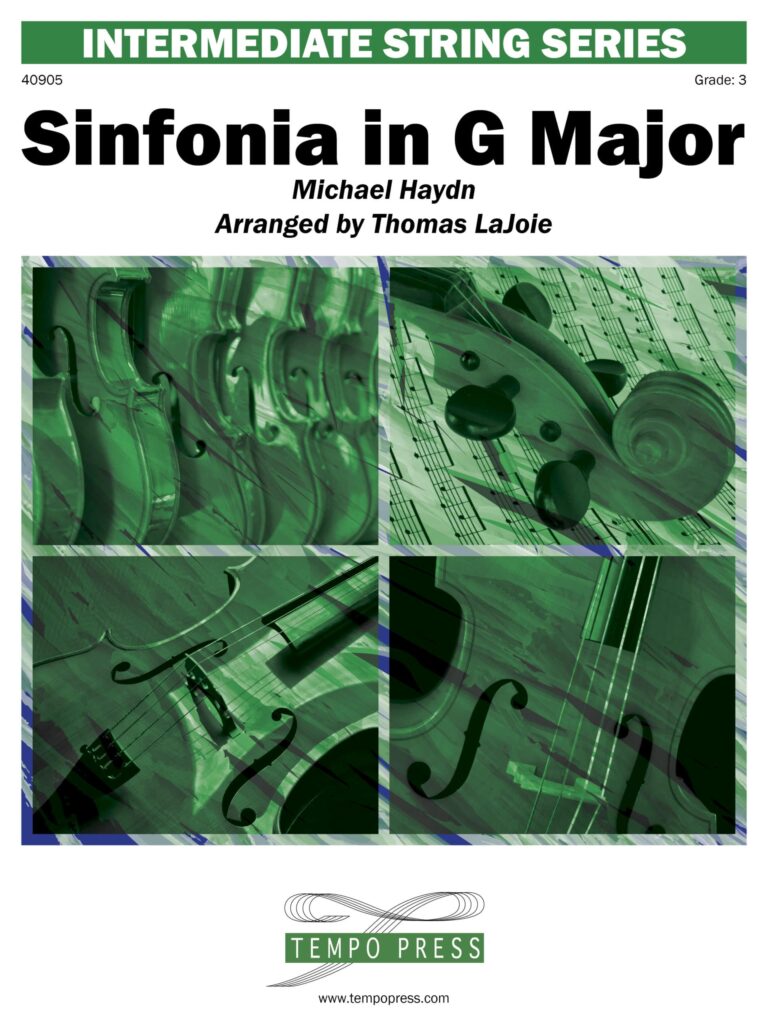
sinfonia in g major – m. haydn
Michael Haydn, Franz Joseph Haydn’s younger brother, was also a composer. For this piece, the arranger has added direction to a score that previously lacked dynamics. The orchestra should play the eighth notes spiccato. The sixteenth notes have to be exact (middle or slightly below the middle of the bow to give the aural illusion of bounce to make it sparkle). Make sure to save some sound for the long crescendo.
Purchase this arrangement
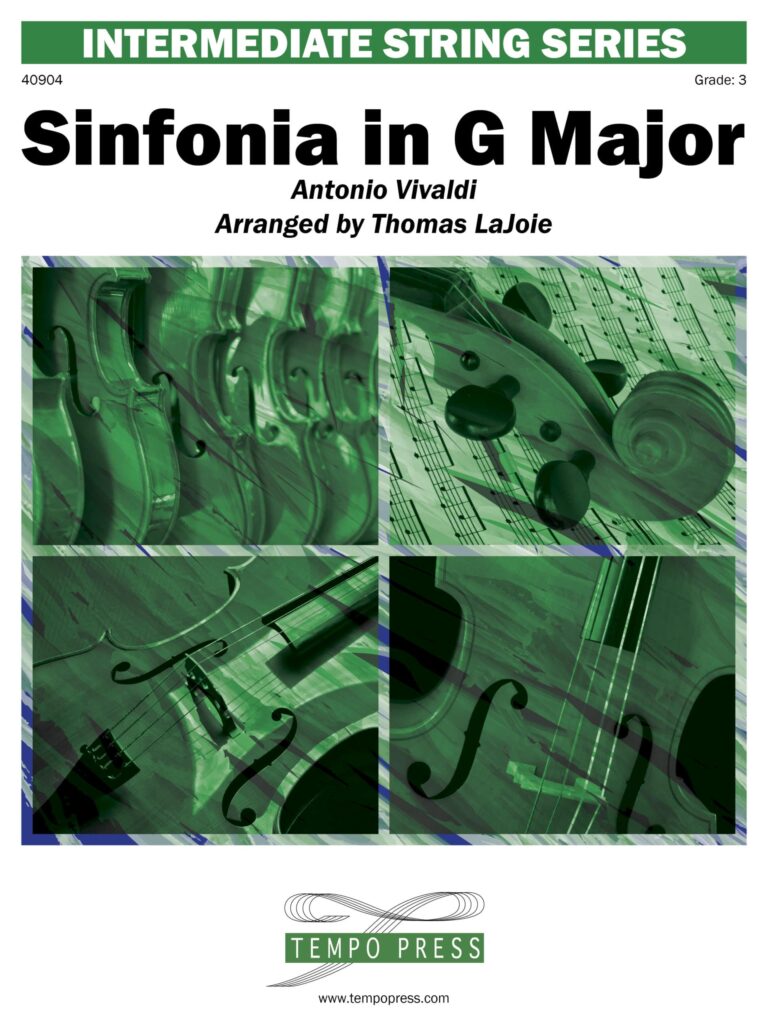
sinfonia in g major, RV 158 – vivaldi
A delight to hear, this piece is transposed from the original key of A major. There is a great deal of interaction among the sections. It’s easier to play triplet sixteenth-note scales if you slur them, but separate bowing is more effective and dramatic. Sudden mood shifts, like shifting to minor and sudden piano, add to the drama. The viola and bass lines have a melodic shape and follow the music’s phrasing and line for added interest.
Purchase this arrangement
sinfonia in g major, RV 149 – vivaldi
This arrangement of the first movement of Vivaldi’s Sinfonia in G major, RV 149, has been thoughtfully adapted for school orchestras by simplifying some of the more virtuosic passages. While the original composition is known for its lively and energetic character, this version maintains the joyful spirit and rhythmic drive of the piece, making it accessible for younger musicians. The adjustments ensure that students can focus on developing their ensemble playing and musical expression without being overwhelmed by the technical demands of the original score. This arrangement allows school orchestras to experience the brilliance of Vivaldi’s music while providing a rewarding performance opportunity that fosters growth and confidence.
Purchase this arrangement

J.W. Pepper
Sinfonie in G minor, Op. 5, No. 6 – hasse
The first movement of Johann Adolph Hasse’s Sinfonie in G minor, Opus 5, Number 6, as arranged for string orchestra, vividly showcases his talent for merging Italianate expressiveness with the emerging Classical style. Marked Allegro, the movement begins with a powerful and dramatic theme, embodying the Sturm und Drang character often associated with G minor. The arrangement highlights the dynamic contrasts and sudden shifts in texture, which are key to Hasse’s ability to create tension and release. Structured in a clear sonata form, the development section delves into the thematic material through a series of modulations and contrapuntal interactions. In this string orchestra version, the violins take on a central role, driving the movement’s intensity, while the lower strings provide a solid harmonic foundation. This arrangement underscores Hasse’s capacity to craft music that is both emotionally compelling and structurally refined, affirming his significant role in the evolution of the symphony during the mid-18th century.
Purchase this arrangement
String Concerto in D Minor, RV 127 – vivaldi
Antonio Vivaldi’s String Concerto in D Minor, RV 127, is a quintessential example of the Italian Baroque’s dramatic flair and structural elegance. Composed for a string ensemble, this concerto is a masterclass in contrast and dynamic interplay. The opening movement is marked by its bold, vigorous rhythms, which are punctuated by the interplay between the violins and the lower strings, creating a vivid dialogue. The middle movement, typically a slow and lyrical Largo, offers a moment of introspection with its expressive melodies, allowing the listener to savor Vivaldi’s gift for crafting poignant, singing lines. The final movement, with its spirited and dance-like character, showcases Vivaldi’s skill in fusing technical brilliance with emotional depth, making RV 127 a captivating and enduring work in the Baroque repertoire.
Purchase this arrangement
“Summer” from the four seasons – vivaldi
This string arrangement of the last movement from Vivaldi’s Summer from The Four Seasons masterfully incorporates the solo violin part into the violin sections, allowing the entire ensemble to partake in the thrilling intensity of this iconic piece. The virtuosic passages, known for their fiery energy and rapid tempo, have been skillfully adapted to retain the movement’s excitement and drive while making it more accessible for string orchestras. The signature stormy character of the music, with its vivid portrayal of thunder and lightning, is preserved in full force, offering students a dynamic and exhilarating performance experience. This arrangement captures the essence of Vivaldi’s original vision, providing young musicians with a challenging yet rewarding opportunity to engage with one of the most dramatic and powerful works in the Baroque repertoire.
Purchase this arrangement
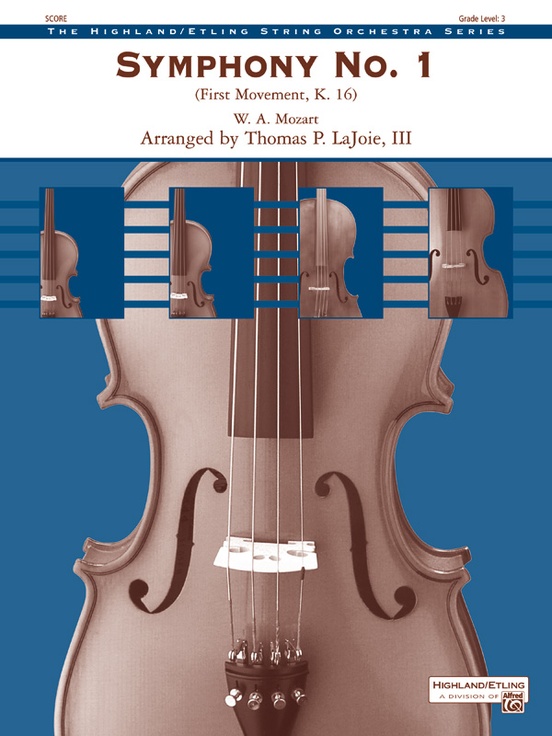
symphony No. 1, kV 16 – mozart
Good, solid Mozart! Perfect for any festival or contest and it’s really fun to tell the orchestra that he wrote this when he was nine years old! This title is available in MakeMusic Cloud.
Purchase this arrangement
symphony no. 6, “Pastoral” – beethoven
This arrangement of the first movement of Beethoven’s Symphony No. 6, “Pastoral,” has been thoughtfully crafted to make this beloved work accessible to school string orchestras. The key has been shifted from F major to G major, offering a more comfortable range for developing players while preserving the warmth and tranquility of Beethoven’s original composition. The wind parts have been artfully woven into the string orchestra, ensuring that the full, rich sound of the symphony is maintained, even in this adapted version. While the movement is slightly abridged, it retains the essence of Beethoven’s idyllic countryside scenes, allowing students to experience the serene beauty and gentle flow of the Pastoral Symphony. This arrangement provides an excellent opportunity for young musicians to connect with Beethoven’s expressive writing while honing their ensemble skills in a piece that is both challenging and deeply rewarding to perform.
Purchase this arrangement
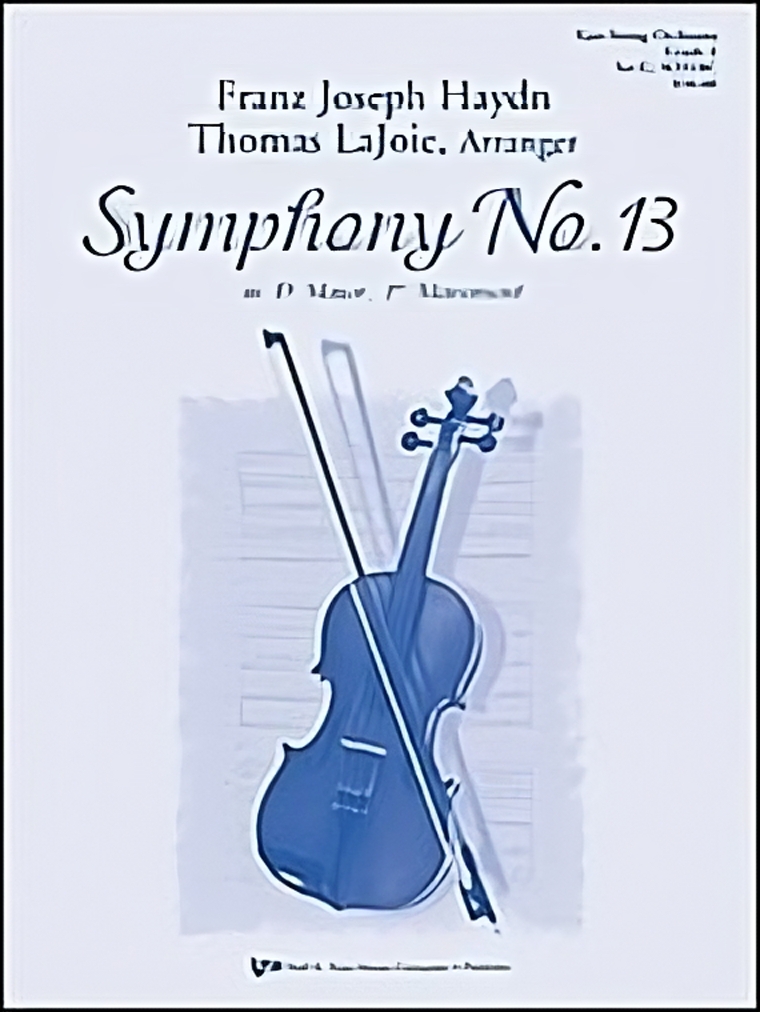
Symphony no. 13 in d major – haydn
String orchestras can’t go wrong with this solid arrangement of the first movement of Haydn’s 13th Symphony. Clean editing and helpful fingerings will ease the rehearsal process. A nice addition to your repertoire!
Purchase this arrangement

symphony no. 25 in g minor, kV 183 – mozart
The first movement of this G Minor symphony is superbly arranged for string orchestra, having incorporated the original wind parts into the strings. For high school orchestras that aren’t able to include winds and brass, this arrangement offers the ultimate opportunity for string players to perform a Mozart masterwork.
Purchase this arrangement

symphony no. 29 in a major, kV 201 – mozart
Now your students can play Mozart’s Symphony No. 29! This skillful arrangement maintains the integrity of Mozart’s original composition while making certain that inner parts are more accessible for high school performers. This title is available in MakeMusic Cloud.
Purchase this arrangement
Symphony No. 104 in D Major, “London” – Haydn
The first movement of Haydn’s Symphony No. 104, as arranged for string orchestra with the inclusion of timpani, brilliantly captures the grandeur and sophistication of the original orchestration. Marked Adagio – Allegro, the movement opens with a stately and mysterious introduction, where the timpani adds a dramatic weight to the unfolding tension. As the movement transitions into the Allegro, the strings take center stage, driving the rhythmic energy and thematic development. The primary theme, characterized by its bold and assertive character, is expertly passed between the violins and lower strings, while the timpani punctuates key moments, enhancing the movement’s dynamic contrasts. This arrangement maintains the structural integrity of Haydn’s sonata form, with the development section showcasing intricate contrapuntal exchanges and harmonic exploration. The inclusion of the timpani adds a layer of rhythmic propulsion and grandeur, highlighting Haydn’s innovative use of orchestral color. The result is a performance that retains the full dramatic and emotional impact of the symphony, even in the more intimate setting of a string orchestra.
Violin Concerto in D Major, Op. 3, No. 9 – Vivaldi
I’m thrilled to present this new arrangement of the first movement of the Vivaldi’s Violin Concerto in D major from Op. 3, No. 9. While the original features a dazzling violin solo, this edition for school string orchestra artfully incorporates those parts into the first violin section. This ensures all the brilliance and excitement of the movement is preserved, even in a larger ensemble setting. Young musicians will relish the opportunity to delve into Vivaldi’s signature fast-slow-fast movement structure, experiencing both virtuosic passages and moments of tender lyricism. This arrangement not only introduces students to the timeless beauty of Baroque music but also challenges them to develop their technical and interpretive skills.
Purchase this arrangement






